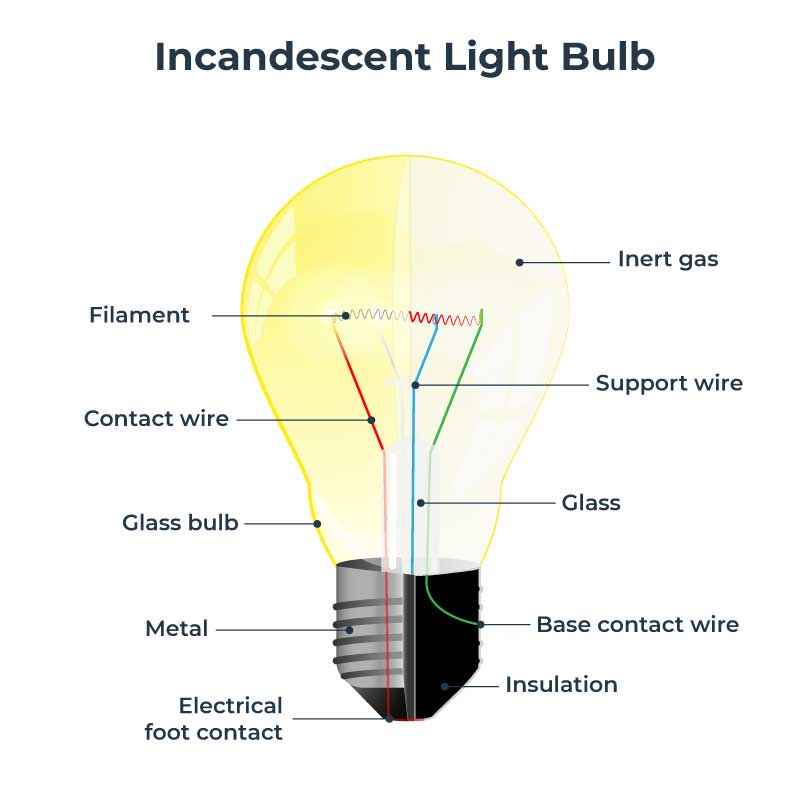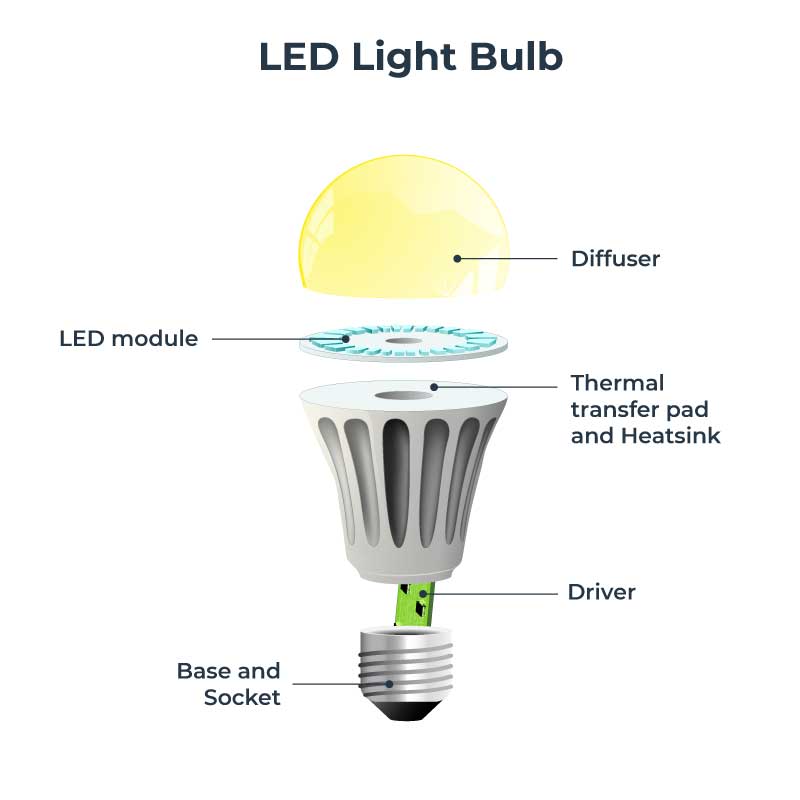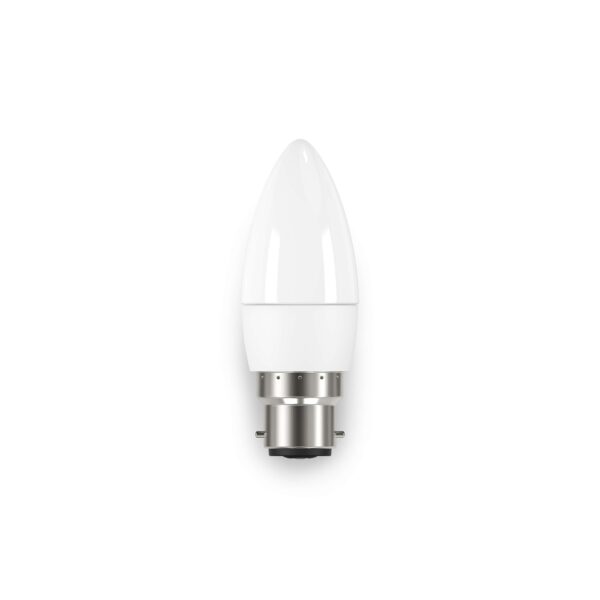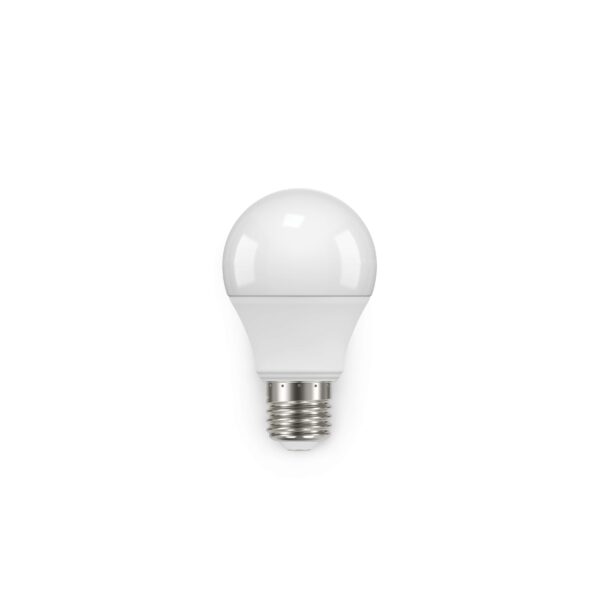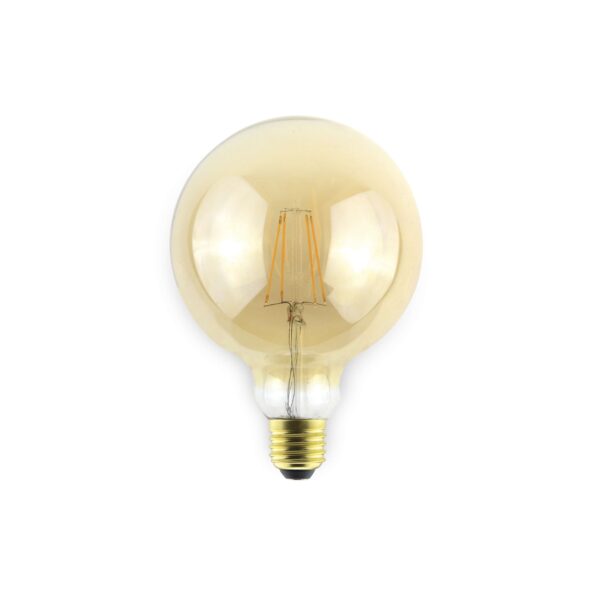What is LED Lighting
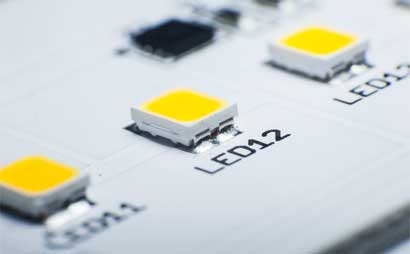
Electric light first ‘lit up’ our world in 1802 when English chemist Humphry Davy connected his battery to a piece of carbon, causing it to illuminate. Known as the Electric Arc lamp, Davy’s discovery preceded Thomas Edison’s incandescent light bulb by a good 80 years.
Today, LED technology is the unsung hero of the lighting world. Safer, more energy-efficient and eco-friendly, it is a popular alternative to halogen, incandescent and fluorescent lighting. 1
What is LED?
The anagram for Light Emitting Diode,2 LEDs are semiconductors that convert electricity into light. This happens when an electrical current passes through a microchip, illuminating tiny light sources (LEDs) and resulting in light.
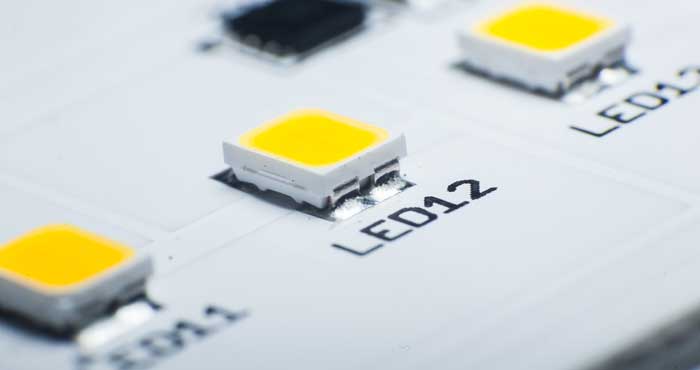
Why is LED technology superior?
Energy Efficient
According to Energy Star, LED products can be up to 90% more efficient in producing light than incandescent bulbs.5
Using an electrical current to generate heat and subsequently light via a thin metal filament, incandescents chew up about 95% of their energy in this heat production process. So, unless you’re planning on using the bulb as a heater, this all goes to waste.
LEDs on the other hand generate very little heat, so the energy consumed goes directly to producing light.
Safety
In comparison to both incandescent and fluorescent lighting, LEDs are considered the ‘poster globe’ for safety. They contain no harmful mercury like fluorescents, and rarely overheat or burn out like incandescent.
Eco-Friendly
Better energy efficiency equals less demand on the energy grid and greater cost saving benefits for the consumer.

Related products




